Play it Cool: Thailand’s Do’s and Don’ts
Imagine being in a room full of your students and fellow teachers at the school you’re teaching at in Thailand. You’re one of five foreigners in the entire school. It’s a well respected holiday today, a day honoring teachers, called Wai Khru. At this moment, you are stepping on stage in front of everyone and taking a seat along with 10 other teachers so the ceremonial dance and flower arrangement offerings can be presented to each of you. You sit down, and literally the entire room gasps in horror, and you don’t have a clue why!
This mortifying experience actually happened to me, and it was my fault. My fault for not knowing that you shouldn’t cross your legs, on stage, in front of tons of people. Oops! I had only been teaching in Thailand a few weeks, and I did read up on the cultural differences. I knew feet were unholy and whatnot, but I didn’t know the extent. I was in a skirt, and naturally, considering I’m from the USA, we cross our legs.
Luckily, the teacher next to me shoved my leg down and the ceremony went on. I found out about my faux pas after the ceremony and apologized profusely for about a week to every teacher I bumped into. Nobody actually minded, they said it was OK because I’m a foreigner, but embarrassing nonetheless!
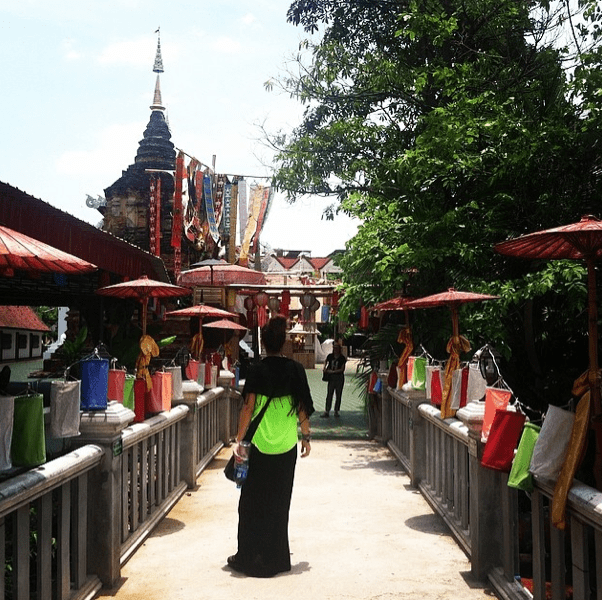
As soon as you get your plans to Thailand sorted, make sure to read up on the cultural differences. Here are some of Thailand’s Do’s and Don’ts.
Table of Contents
- Head to Toe
- Leave Buddha Alone
- Temple Style
- Go Barefoot
- Get a Room
- Keep it Cool
- Greetings and Wai
- Learning a few words in Thai goes a long way
- More Around Thailand
- Backpacking Thailand: The Only Guide You Need to Prep for Your Trip
- An Adventurous Thailand Itinerary: 2 Weeks - 2 Months
- What to Pack for Thailand and What to Wear/NOT Wear
- Things to Do in Krabi, Thailand - A Comprehensive Guide to the Region
- 11 Budget Travel Tips for Thailand
- 3-Day Bangkok Itinerary For First Timers (Thailand)
Head to Toe
This might be an unusual cultural difference for Westerners, but it’s possibly one of the most important. In Buddhism, the head is the holiest part of the body, while the feet are the unholiest. Therefore, you never touch a person’s head or mess with their hair, and you don’t point at anything with your feet. When you are visiting a temple and sat on the floor, your legs should be tucked under so your toes are pointed to the back of the room rather than at Buddha, in the front.
Does is make sense why crossing my legs was a big deal? I was essentially shoving my foot right in their face! By the way, the appropriate way to sit like a lady with a skirt on in Thailand is to turn your knees to the side and cross at your ankles.
Leave Buddha Alone
Yes, Buddha is super cool. This isn’t an invitation to take tons of selfies with you on his lap or making bunny ears behind his head, though. Actually- don’t touch any of the decor in or around a temple for that matter. This is very disrespectful and you could end up breaking something.
Temple Style
With that being said, there are a few other temples rule. You should be barefoot, shoes left outside the front door, and you should also be appropriately dressed. Your bottoms should be knee length and your shoulders covered.
Go Barefoot
Besides taking shoes off at a temple, you should take them off before entering a home, and sometimes stores and shops. Just take note of the stack of shoes outside, that’s your clue.
Get a Room
PDA, public displays of affection, are frowned upon and are rude. You might see some young Thai love birds holding hands, and that’s about it. Making out and groping each other in public is gross anywhere, and pretty offensive here.
Keep it Cool
Never, ever, ever, EVER, lose your temper here. You never want to disrespect them by yelling and throwing a temper tantrum.
A few reasons why this is a bad idea: You will get more help if you’re calm, you don’t want to piss off the wrong person, and losing face is a big deal here. You don’t want the Thai person to feel as if they lost any respect, this might be bad news for you. You must have “Jai yen” (“cool heart” – in other words, chill out).
Greetings and Wai
A wai is the greeting done to one another to show respect. You put your hands together with your finger tips in front of your nose and give a little nod forward. There are tons of rules for this depending on the person’s “level of respect.” Make sure the wai doesn’t go too low below your face, this can be rude. Wai back if someone wai’s you, unless it’s a service person or a child. When in doubt, just nod and smile. As a foreigner, it’s not expected that you know all the rules for this greeting, but I would encourage you to read more on it.
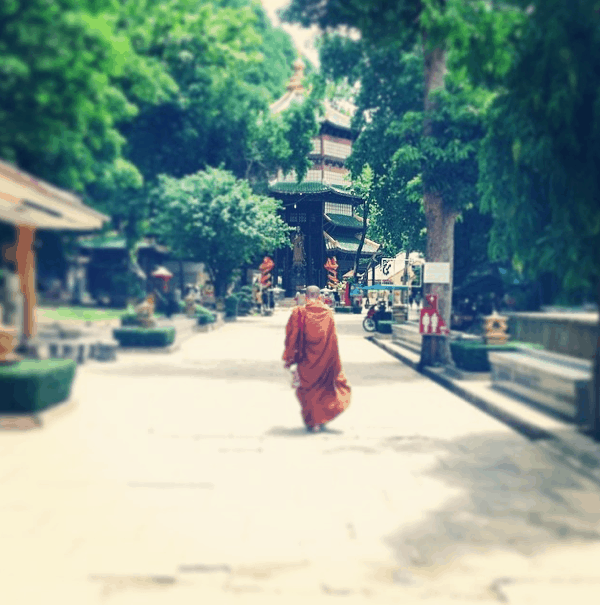
Now that you’re armed with some of Thailand’s do’s and don’ts, let’s learn a bit…
Learning a few words in Thai goes a long way
Sawadee ka/kap – Hello
Korp Khun ka/kap – Thank you
Sabai dee mai? – How are you?
Sabai dee ka/kap – I’m fine
Ka – polite ending for females to say
Kap – polite ending for males to say
That can start you off. I’m sure you will find a nice Thai along the way to teach you a few other random words. Just play is cool and enjoy all the amazing things Thailand offers!
Transportation Tip for Thailand:
While you can simply book at the pier, bus or train station, you may want to book ahead for certain legs of your journey to guarantee that you get a seat on the day you need to travel. 12go.asia is the best way to do this. Book your next trip ahead of time so you have one less thing to worry about.
More Around Thailand
Where will you go after Thailand?
Laos | Malaysia | Singapore | Indonesia | Philippines | Cambodia | Vietnam
Do you have a cultural faux pas to share? Let’s hear about it in the comments!
>>> EVEN MORE AROUND THAILAND<<<
“One Night in Bangkok … and the World’s your Oyster”
Work & Live in Thailand: How To Do It? Cost of Living? And More!
27 Things to Do in Pai, Thailand + Where to Eat and Sleep
Where to Stay in Pai, Thailand: Pai’s Hostels, Hotels and Resorts
21 Krabi Beaches That’ll Make You Book Your Trip Today (Thailand)
9 Krabi Island Hopping Tours That Will Make Your Jaw Drop (Thailand)
Photo and Video Blog- Ao Luk, Krabi, Thailand
Krabi Itinerary: What To Do In Krabi, Thailand for 1-7 Days & When To Visit
First Timers: Rock Climbing Krabi, Tonsai and Railay, Thailand
Where To Stay In Krabi, Thailand For Any Budget
Where to Eat in Krabi Town: Night Markets and Restaurants
Krabi’s Beauties: Railay Beach and Tonsai Beach, Thailand
The Low-Down: Thailand Tourist Visa and More
Thailand’s New Year, Songkran, Is the World’s Largest Water Fight
7 Unusual Things To Do in Chiang Mai
Photo Blog: Doi Inthanon, a Day Trip from Chiang Mai
Chiang Mai to Pai and Back! The Best Ways to Get Around (Thailand)
4 Lesser-Known Spots Around Mae Hong Son To Go To
Chiang Khong to Huay Xai Border Crossing (Thailand to Laos)
Chiang Rai Itinerary: 10 Things To Do In Chiang Rai That You Can’t Miss
Thai Vegetarian Food That You’ll Want in Your Mouth
7 Reasons Why Eating Thai Street Food Is The BEST & How To Avoid Getting Sick
Transportation Info and Tips for Thailand
Photo Blog: Kanchanaburi – Bridge on the River Kwai and Erawan Falls
OMG, My Holiday is Coming Up! Is it Safe to Travel to Thailand?

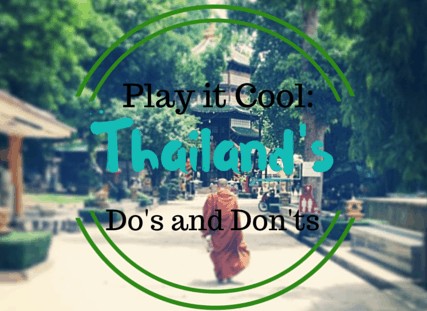


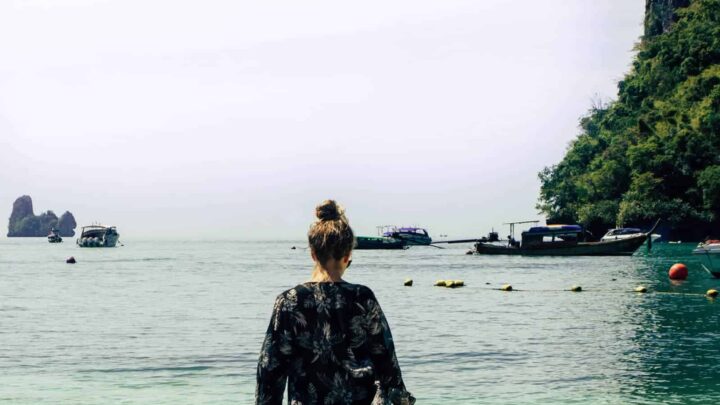
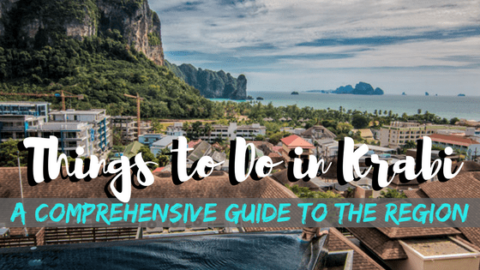
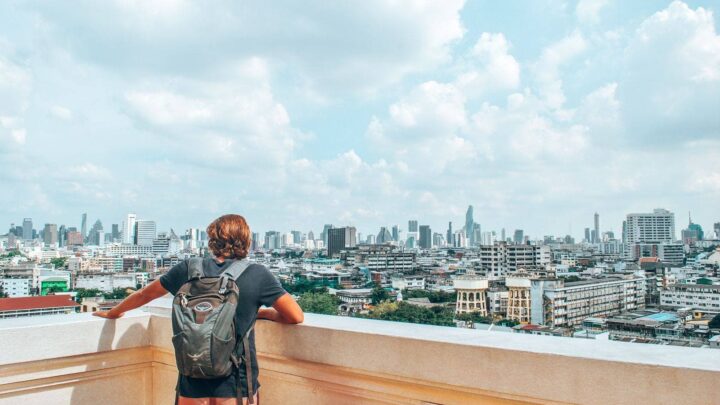
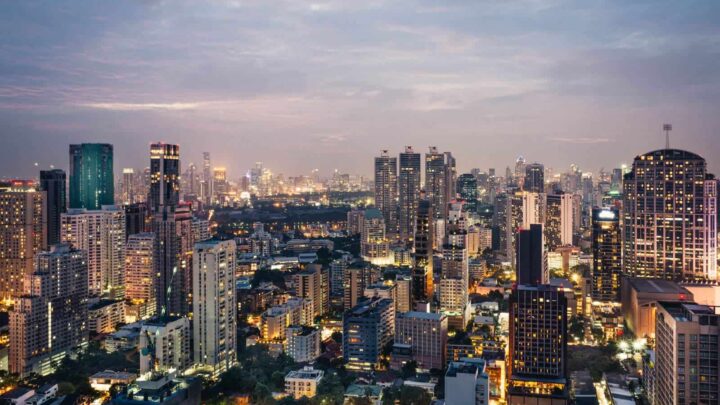
Wonderful post, next week i am traveling to Bangkok and i will live there with my girlfriend it’s against the country tradition for 2 unmarried people to live together but we both don’t care much.
Nobody will really care or really notice. I think they are quite used to travelers sharing rooms etc. just no PDA and you should be fine 🙂
One of my favourite sayings is “falang nit noi dang” when a hawker tries to sell me something, it’s true though, I only have a little bit of money lol
Thanks for sharing this useful post, Nina! I’m visiting Thailand next week and I was not sure about local expressions, but now I have them thanks to you, what else could I ask for? 🙂